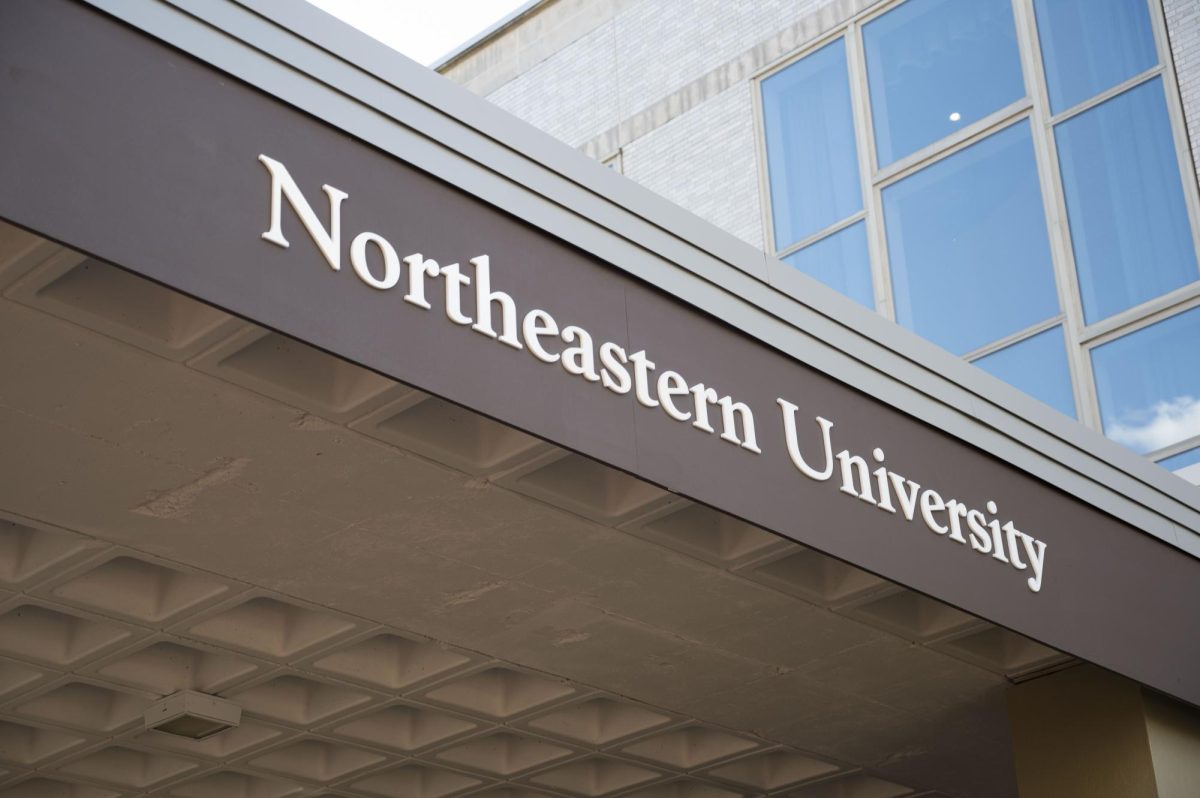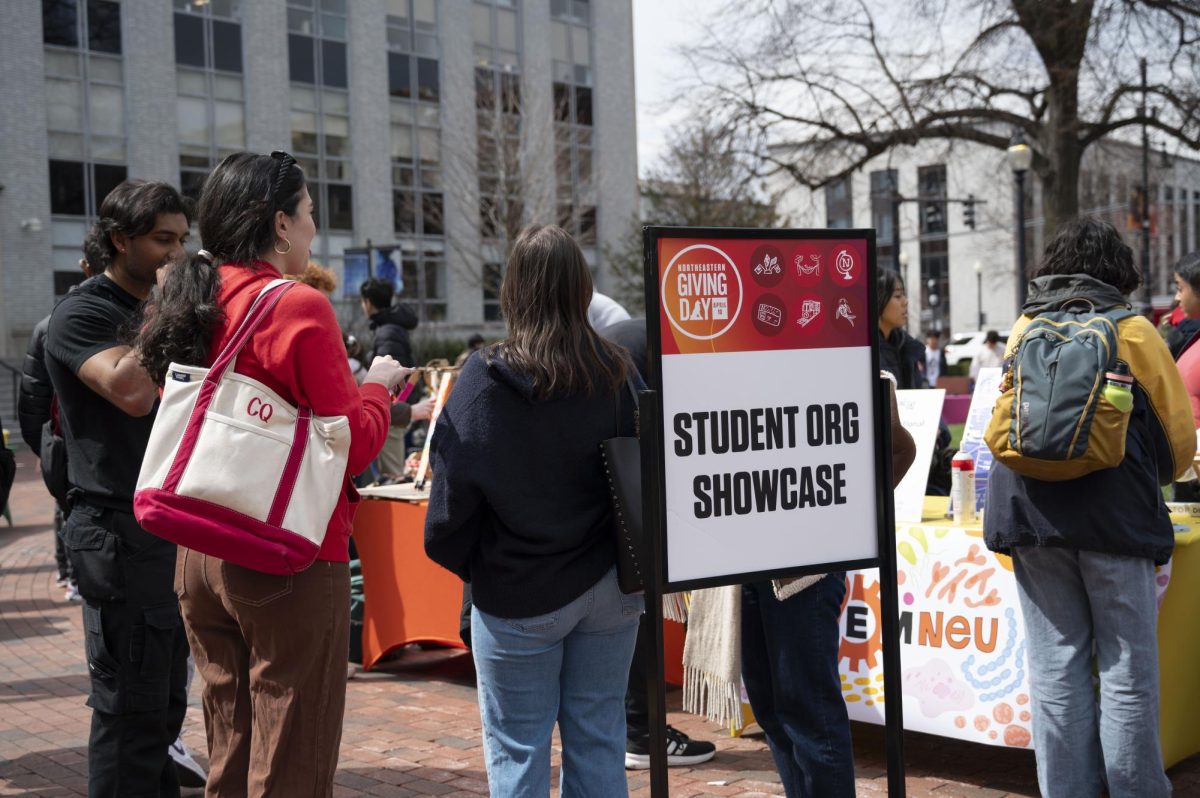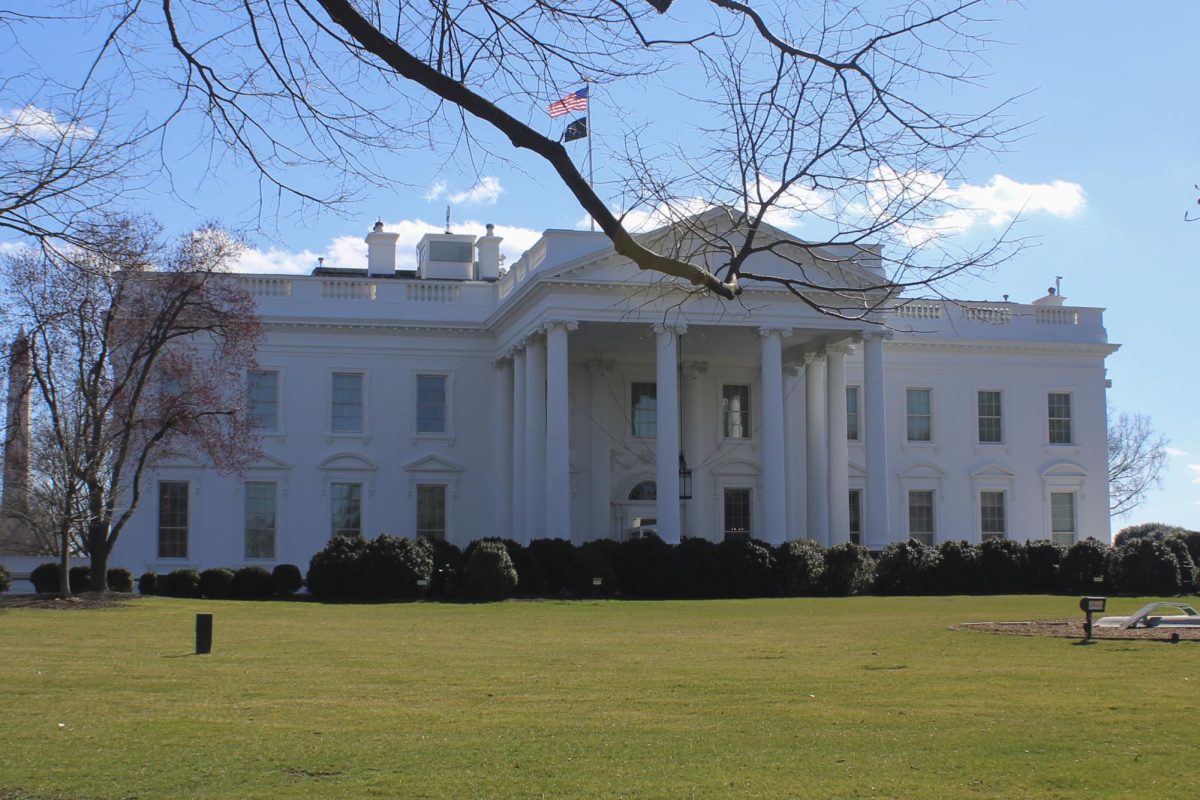A new book which boasts that it can alleviate the pressures of physics has popped into the mainstream higher education market.
“The Physics Toolbox” advertises better grades due to a different teaching approach than the traditional lecture-based style more common in universities.
According to “The Physics Toolbox” press release, Debora M. Katz, co-author of the book, said, “The problem is that the study skills that work in other classes, like English, don’t work in physics … as a result, students that do well in other courses often struggle with physics. The trick is to learn a new set of study tools specific to physics.”
The book focuses on tips that not only appeal to physics majors, but also to those students required to fulfill an introductory physics class in order to graduate. Also, it claims to help students study more efficiently in algebra and calculus-based physics classes. “The Physics Toolbox” offers hints such as, “Get by with a little help from your friends,” “Take note of taking notes,” “Make homework your first priority,” and “Ace exams: practice problems.”
Many of the strategies offered in “The Physics Toolbox” are already implemented into the physics department, said Shawn Vinyard, a physics lab supervisor. The Physics Workshop in Churchill Hall is a prime example.
“The Physics Workshop is a walk-in tutorial section manned by physics graduate students,” Vinyard said. “Sometimes students need help on their take-home labs, or have a question on their homework and they can come in and have a question-and-answer session with a physics graduate student.”
Many engineering students taking physics courses are also experiencing the benefits of the departure from lecture-hall style teaching. In addition to the two, more traditional, 65-minute lectures the students also have an Interactive Learning Section (ILS), or a discussion concept focused on team learning.
“We usually have students in groups of four, and one instructor and one teaching assistant walk around and help,” Vinyard said. “It’s a mix of philosophies, with the standard lecture series, and a little of what MIT [Massachusetts Institute of Technology] is doing now, with the discovery of concepts coming through experiments, investigation and group work.”
Learning amongst peers is more personal and more beneficial, while lectures may seem impersonal and intimidating.
“I think it would be better, because then students could explain it to each other, which is sometimes easier than in class,” said Stacey Joyce, a middler physical therapy major. “I think that way, kids would actually study instead of just not going to class.”
Some students say that lecture-style classes make it harder to focus, whereas study groups are more interactive.
“It was really hard to pay attention in the lectures. I never did,” said Faye Bronstein, a middler physical therapy major.
Vinyard said that while the methods taught in “The Physics Toolbox” may help some students, it might not help everyone.
“I think what we’ve seen in the ILS and the non-traditional way of teaching is that different styles benefit different students,” he said. “Some do well in the team setting, some do better in the lectures. There’s more one-on-one in the ILS, and there’s a lot of debates on which ones are better, but it just depends on the student.”
Vinyard also said that while physics does require some different studying methods, and a lot of work, the perception of introductory physics courses is much worse than the reality.
“Students don’t usually like it because there’s a lot of work involved, and it’s usually the first course freshmen run into that has a lot of work,” he said. “But actually, there’s only about a ten percent failure rate, which is pretty normal for a college course. The perception is just worse than it actually is.”









